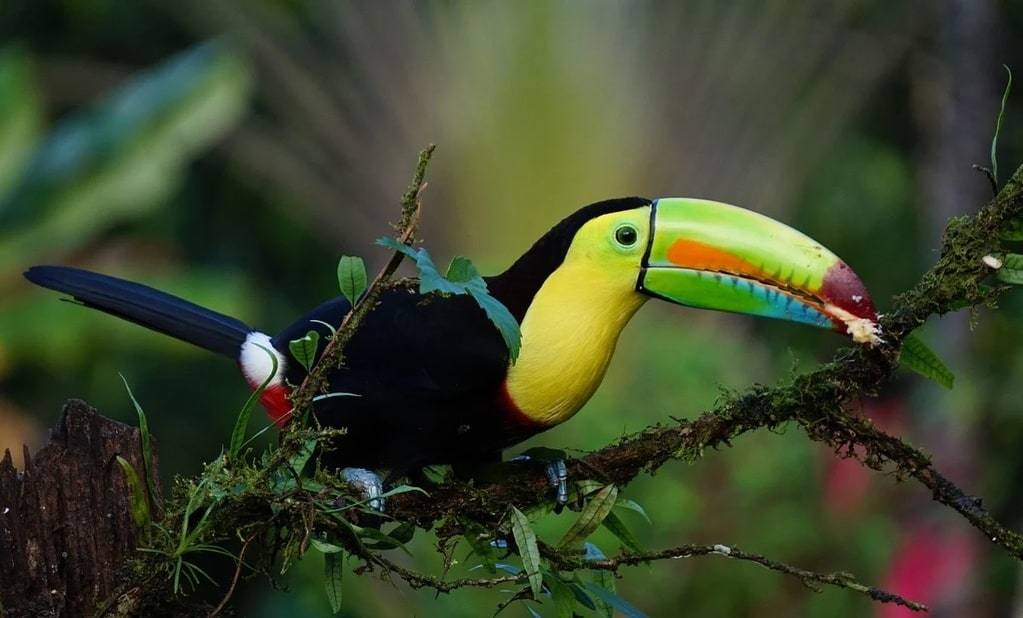Capturing the beauty of wildlife photography
Capturing the fleeting moments of wildlife in their natural habitat is both an art and a science. Wildlife photography offers a unique glimpse into the lives of animals, revealing their behaviors, interactions, and the environments they call home. The pursuit of these images requires patience, skill, and a deep respect for nature. Each photograph tells a story, conveying the beauty and fragility of the natural world.
Mastering the art of wildlife photography
To truly capture the essence of wildlife, photographers must develop a keen eye and a deep understanding of their subjects. This begins with thorough research on the animals and their habitats. Understanding the behavior patterns of different species can significantly enhance the chances of capturing that perfect shot. Preparation and knowledge are key to successful wildlife photography. Additionally, investing in quality equipment can make a substantial difference. Telephoto lenses, for example, allow photographers to capture detailed images from a distance, minimizing the disturbance to the animals.
Patience is another crucial element. Wildlife does not operate on a human schedule, and the best moments are often unpredictable. Spending long hours in the field, often in challenging conditions, is part of the process. The rewards, however, are worth the effort, as the most stunning images are usually the result of perseverance and timing.

Techniques for capturing dynamic shots
One effective technique is to focus on the eyes of the animal, as they convey emotion and draw the viewer into the photograph. Using a shallow depth of field can also help to highlight the subject by blurring the background, creating a more dramatic effect. Experimenting with different angles and perspectives can yield unique and captivating results.
Lighting plays a significant role in photography, and this is especially true in wildlife photography. The golden hours—shortly after sunrise and before sunset—offer soft, warm light that enhances the natural beauty of the scene. Learning to use natural light to one’s advantage is a skill that can elevate the quality of wildlife photographs. In situations where natural light is insufficient, a fill flash can be used carefully to illuminate the subject without startling the animal.
Respecting nature and its inhabitants
Ethical considerations are paramount in wildlife photography. The welfare of the animals should always come first, and photographers must adhere to guidelines that ensure minimal impact on the wildlife and their habitats. Respecting boundaries and maintaining a safe distance is essential to avoid causing stress or harm to the animals. Using hides or blinds can help photographers get closer to their subjects without being detected.
Photographers should also be mindful of the environment, avoiding actions that could damage the habitat. Leaving no trace is a principle that should be followed rigorously, ensuring that the natural beauty remains unspoiled for future generations.
Essential gear for wildlife photography
Here are some essential items to consider for wildlife photography:
- A high-quality DSLR or mirrorless camera
- Telephoto lenses (300mm or higher)
- Tripod or monopod for stability
- Camera bag for protection and easy transport
- Extra batteries and memory cards
- Weather-resistant clothing
- Field guidebooks on local wildlife
Having the right equipment is fundamental to capturing clear and impactful images. Each piece of gear serves a specific purpose, contributing to the overall success of the photography session.
The challenges and rewards of wildlife photography
Wildlife photography is not without its challenges. Harsh weather conditions, difficult terrain, and the unpredictability of animal behavior can test the resolve of even the most experienced photographers. Despite these obstacles, the rewards of capturing a stunning image far outweigh the difficulties faced. Each photograph serves as a reminder of the beauty and diversity of the natural world, and the importance of its conservation.
The satisfaction derived from wildlife photography extends beyond the personal. Sharing these images with a broader audience can raise awareness about conservation efforts and the need to protect endangered species and their habitats. The power of a single photograph to inspire change and foster a deeper connection with nature should not be underestimated.
Continual learning and adaptation
The field of wildlife photography is constantly evolving, with new technologies and techniques emerging regularly. Staying informed and continually improving one’s skills is vital for success. Workshops, online courses, and joining photography communities can provide valuable learning opportunities and support.
In conclusion, wildlife photography is a captivating and rewarding pursuit that demands dedication, patience, and a deep respect for nature. The images captured not only showcase the beauty of the animal kingdom but also highlight the importance of preserving it for future generations. Through thoughtful and ethical practices, photographers can contribute to a greater understanding and appreciation of the natural world, one photograph at a time.
